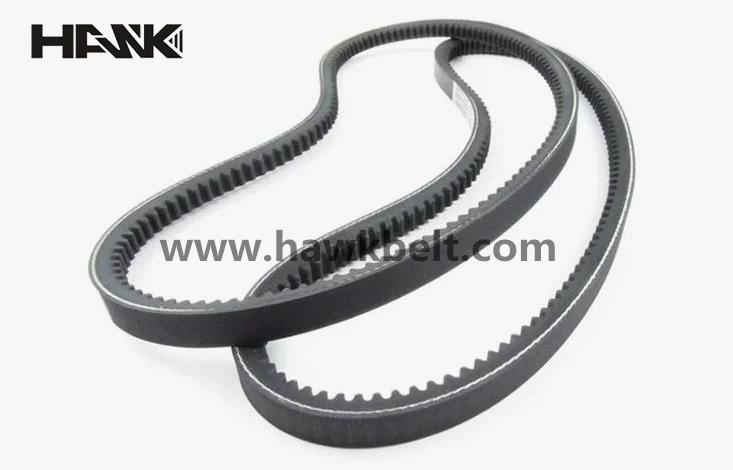- Arabic
- French
- Russian
- Spanish
- Portuguese
- Turkish
- Armenian
- English
- Albanian
- Amharic
- Azerbaijani
- Basque
- Belarusian
- Bengali
- Bosnian
- Bulgarian
- Catalan
- Cebuano
- Corsican
- Croatian
- Czech
- Danish
- Dutch
- Afrikaans
- Esperanto
- Estonian
- Finnish
- Frisian
- Galician
- Georgian
- German
- Greek
- Gujarati
- Haitian Creole
- hausa
- hawaiian
- Hebrew
- Hindi
- Miao
- Hungarian
- Icelandic
- igbo
- Indonesian
- irish
- Italian
- Japanese
- Javanese
- Kannada
- kazakh
- Khmer
- Rwandese
- Korean
- Kurdish
- Kyrgyz
- Lao
- Latin
- Latvian
- Lithuanian
- Luxembourgish
- Macedonian
- Malgashi
- Malay
- Malayalam
- Maltese
- Maori
- Marathi
- Mongolian
- Myanmar
- Nepali
- Norwegian
- Norwegian
- Occitan
- Pashto
- Persian
- Polish
- Punjabi
- Romanian
- Samoan
- Scottish Gaelic
- Serbian
- Sesotho
- Shona
- Sindhi
- Sinhala
- Slovak
- Slovenian
- Somali
- Sundanese
- Swahili
- Swedish
- Tagalog
- Tajik
- Tamil
- Tatar
- Telugu
- Thai
- Turkmen
- Ukrainian
- Urdu
- Uighur
- Uzbek
- Vietnamese
- Welsh
- Bantu
- Yiddish
- Yoruba
- Zulu
Dez . 04, 2024 14:12 Back to list
Understanding the Mechanics and Applications of Tooth Belt Drives in Modern Machinery
Tooth Belt Drive An Overview of Its Functionality and Applications
In the realm of mechanical engineering and machine design, the tooth belt drive system stands out as a vital component for transmitting power and motion. This technology is widely applied in various industries, from automotive to manufacturing, owing to its efficiency, reliability, and versatility. In this article, we will explore the fundamental workings of tooth belt drives, their advantages, applications, and maintenance considerations.
Understanding Tooth Belt Drive
A tooth belt drive, commonly referred to as a timing belt drive, consists of a belt with evenly spaced teeth that mesh with corresponding grooves on the pulleys. This design ensures precise motion transfer between the driver and the driven components while preventing slippage, a common issue seen in traditional V-belt systems. The teeth of the belt allow it to engage directly with the pulleys, which reduces the risk of backlash and improves synchronization between driven parts, making it ideal for applications requiring accurate timing and positioning.
Advantages of Tooth Belt Drives
1. High Efficiency Tooth belt drives offer high transmission efficiency, often exceeding 95%. This efficiency means that more of the input power is converted into usable output power, making the system energy-efficient.
2. Reduced Noise and Vibration Compared to other power transmission methods, tooth belt drives operate with minimal noise and vibration levels. This is particularly advantageous in applications where acoustic performance is critical.
3. Compact Design Tooth belt drives can be designed to occupy less space than chain and gear systems. This compactness allows for more versatile machinery layouts and can contribute to lighter structures.
4. No Lubrication Required Unlike chain drives that necessitate regular lubrication, tooth belt drives are essentially maintenance-free under normal operating conditions. This can lead to lower operational costs and reduced downtime.
tooth belt drive

5. High Stability and Durability Modern materials used in the manufacturing of tooth belts—such as polyurethane reinforced with fiberglass or steel—provide excellent durability against wear and fatigue, extending the lifespan of the drive system.
Applications of Tooth Belt Drives
Tooth belt drives are utilized in countless applications across various industries. In the automotive sector, they are often employed to synchronize the crankshaft and camshaft, ensuring that the engine's valves open and close at the correct times. In industrial machinery, these drives are commonly found in conveyor systems, CNC machines, and automated assembly lines where precision and reliability are paramount.
In the consumer electronics field, tooth belt drives are integral components in 3D printers, where they facilitate the movement of print heads and build platforms with high accuracy. Additionally, they can be found in various household appliances, such as washing machines and robotic vacuum cleaners, contributing to efficient and reliable operation.
Maintenance Considerations
While tooth belt drives are generally low-maintenance, periodic inspections are crucial to ensure long-term performance. It is important to monitor belt tension, as incorrect tension can lead to premature wear or failure. Regular visual checks for signs of wear, such as fraying or cracking, should also be conducted. If any issues are detected, replacing the belt promptly can prevent potential damage to the entire drive system.
Conclusion
Tooth belt drives are a cornerstone of modern mechanical systems, providing efficient, reliable, and precise power transmission across a multitude of applications. Their advantages over traditional drive systems, coupled with their adaptability to various operational environments, make them an attractive choice for engineers and designers. As technology continues to advance, the role of tooth belt drives is likely to expand, leading to even more innovative applications in the future. Understanding their functionality and maintenance will be essential for harnessing their full potential in various industries.
-
Korean Auto Parts Timing Belt 24312-37500 For Hyundai/Kia
NewsMar.07,2025
-
7PK2300 90916-T2024 RIBBED BELT POLY V BELT PK BELT
NewsMar.07,2025
-
Chinese Auto Belt Factory 310-2M-22 For BMW/Mercedes-Benz
NewsMar.07,2025
-
Chinese Auto Belt Factory 310-2M-22 For BMW/Mercedes-Benz
NewsMar.07,2025
-
90916-02660 PK Belt 6PK1680 For Toyota
NewsMar.07,2025
-
drive belt serpentine belt
NewsMar.07,2025

